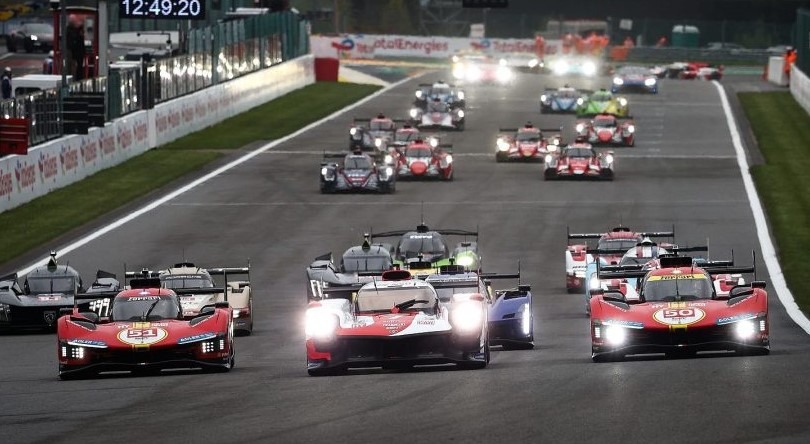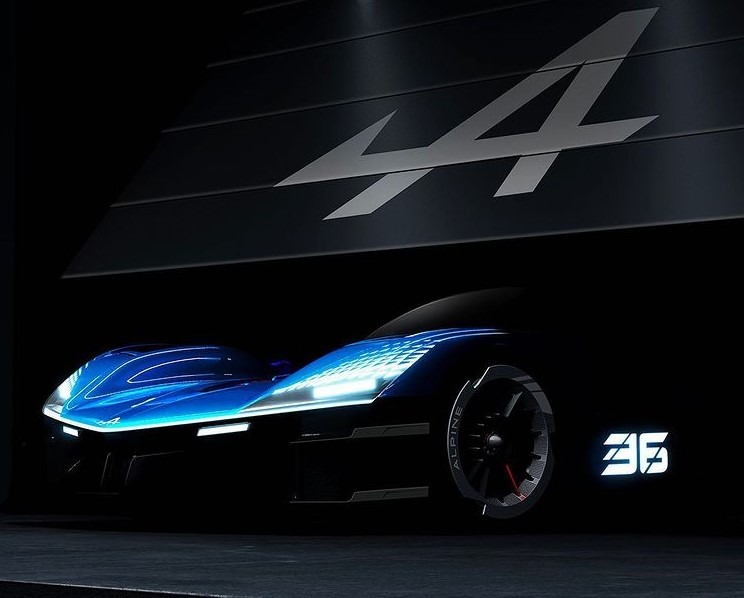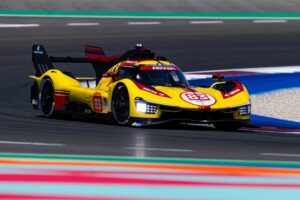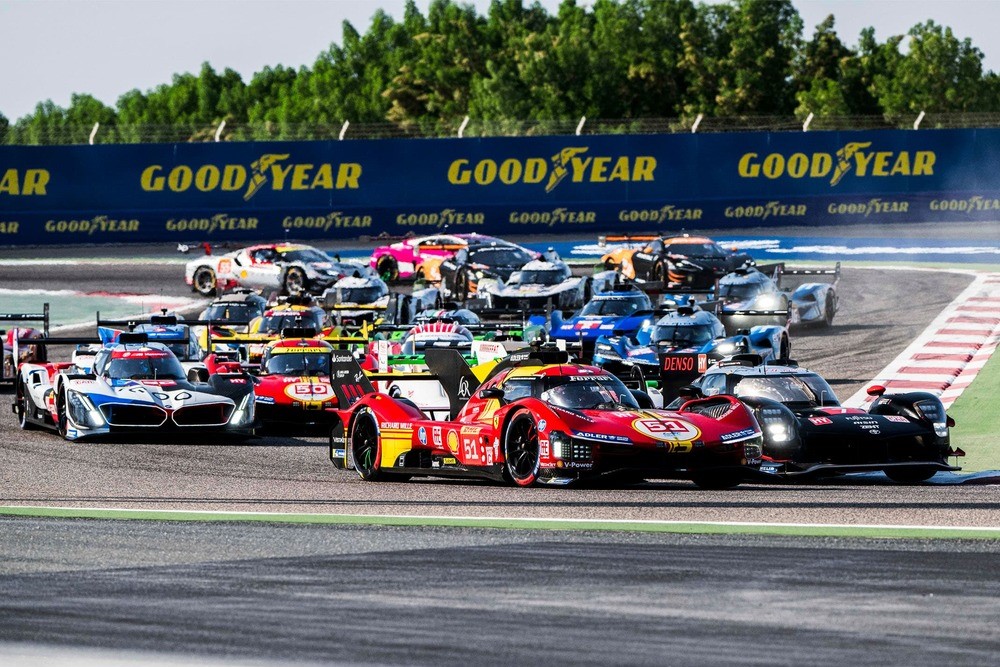Automobile Club de l’Ouest has issued BoP revision for the 24 Hours of Le Mans allocating weight increases to Toyota, Ferrari, Cadillac and Porsche Hypercars.
In preparation for this weekend’s 24 Hours of Le Mans test day, four Hypercar manufacturers, including the leader of the FIA World Endurance Championship Toyota, have received weight increases.
The Toyota GR010 Hybrid will weigh 18 kg more than it did at the Sebring season opener, which had its own set of BoP values, and 37 kg more than it did during its victories in the WEC season’s second and third rounds at Portimao and Spa-Francorchamps.
With the update, the Toyota hybrid LMH car now has a minimum weight of 1080 kg, which is 50 kg more than the lightest LMHs made by Glickenhaus and ByKolles.
The first Balance of Performance adjustment of the year has an impact on Ferrari, Porsche, and Cadillac as well, according to a formal bulletin released on Wednesday. The Peugeot 9X8, Glickenhaus 007 LMH, and Vanwall Vandervell 680 will not receive any weight increases.
Since Spa, the Cadillac V-Series.R and Porsche 963 have each had weight adjustments of 11 kg and 3 kg, respectively, while the Ferrari 499P has added 24 kg.
Increases in the amount of energy that can be expended during a stint—measured in megajoules and monitored by real-time torque sensors attached to each car—have somewhat offset those changes.
The Ferrari has an extra 2 MJ, the Cadillac an extra 1, and the Toyota has an extra 4 MJ to use. On the Porsche, there hasn’t been any changes made to energy per stint.
Considering other cars built to the same platform, such as the LMH-spec Toyota and Ferrari, have had their BoP updates made, Wednesday’s BoP change ahead of test day is not regarded as a so-called “platform” BoP change.
This came after the reigning Le Mans champions Toyota Gazoo Racing won the 6 Hours of Spa-Francorchamps and claimed its third victory of the year and Porsche requested a platform-based assessment.
The FIA and ACO, who organized the WEC at the time, claimed that the per-car BoP would not change, however it is understood that a platform change might have taken place before Le Mans.
The BoP uses simulated data extensively to assess the probable performance level of each vehicle and is intended to balance cars manufactured to the various LMH and LMDh regulations.
The first Le Mans BoP for the GTE-Am class has also already been confirmed ahead of Sunday’s test at the Circuit de la Sarthe.
Given that WEC does not apply success ballast for the longest race of the year, cars from the same manufacturer are given the same weight as their competitors.
The Ferrari is 15 kg lighter, the Porsche is 5 kg heavier, and the Aston Martin’s weight has not changed compared to the Le Mans final BoP from last year.
The Corvette will compete in GTE-Am for the first time at Le Mans after racing in Pro previously.
In another section of the table, the maximum fuel capacities for the Porsche, Aston Martin, Corvette, and Ferrari have been listed as 102, 97, 96, and 88 liters, respectively.
The maximum air restrictor diameters for the naturally aspirated Corvette and Porsche will be 41.3 mm and 30.7 mm, respectively, while the Aston Martin and Ferrari’s turbo boost ratios have been laid out.














